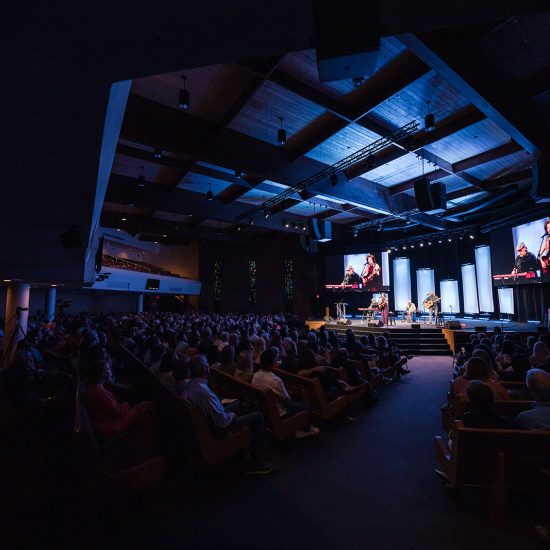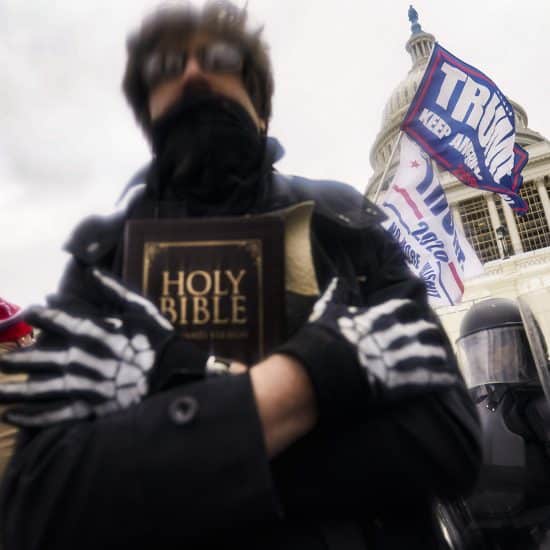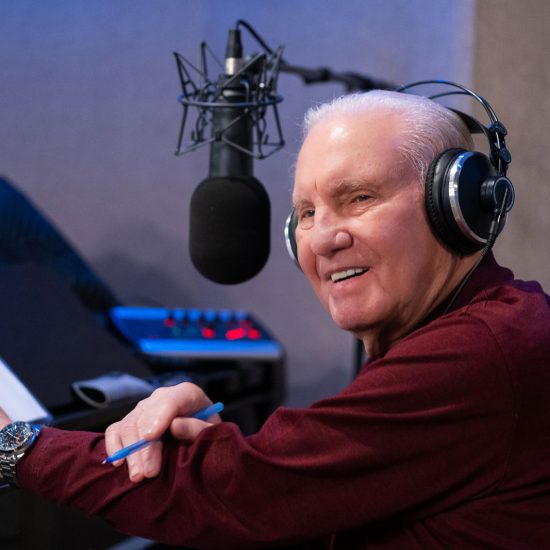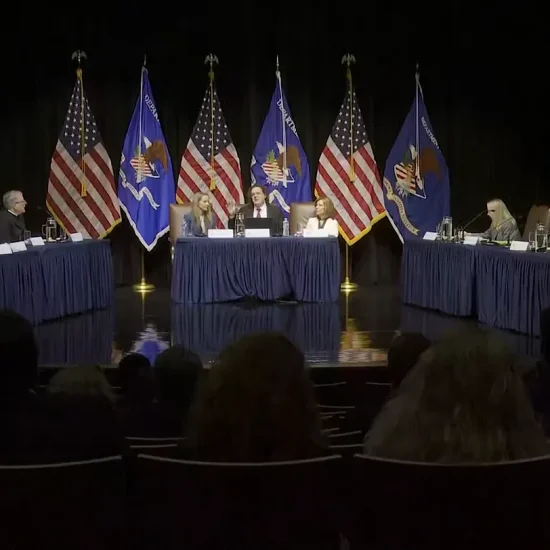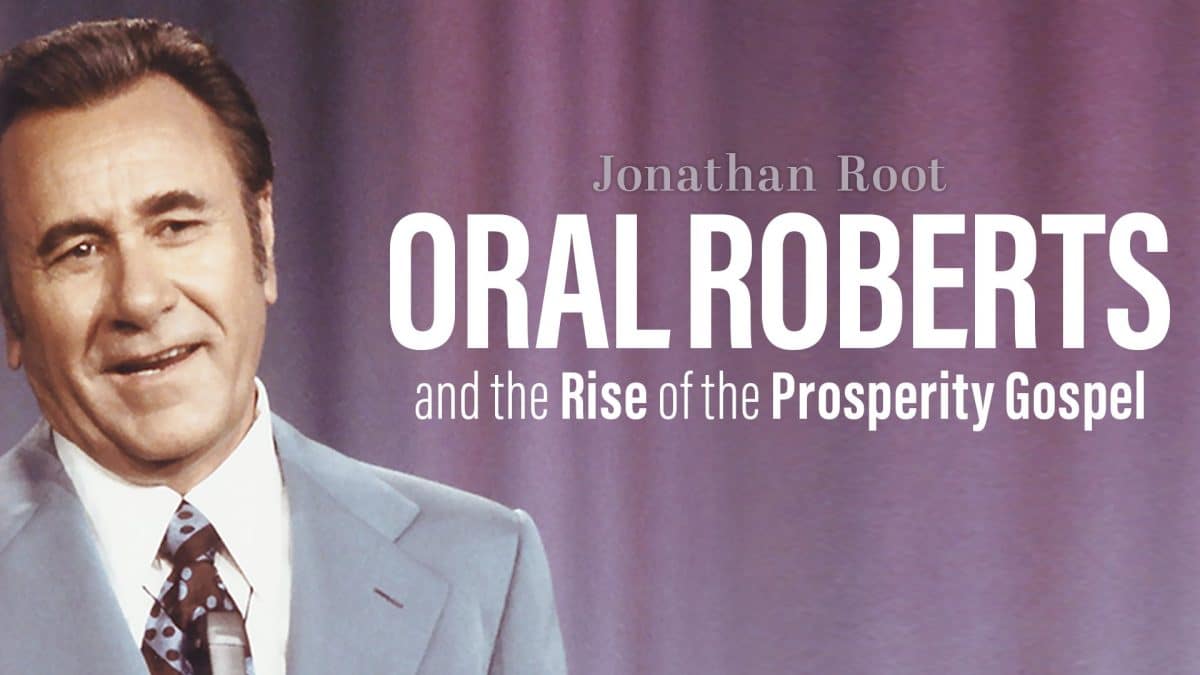
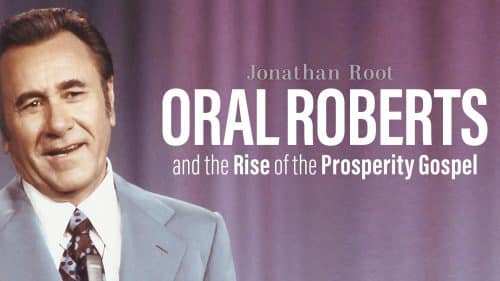
ORAL ROBERTS AND THE RISE OF THE PROSPERITY GOSPEL (Library of Religious Biography). By Jonathan Root. Foreword by Daniel Vaca. Grand Rapids, MI: Wm. B. Eerdmans Publishing Company, 2023. Xiv + 254 pages.
At one point in my life, I was fully enmeshed in Pentecostalism. I may have left the movement many years ago, but it left its imprint on me (see my books Unfettered Spirit: Spiritual Gifts for the New Great Awakening. Second Expanded Edition and Called to Bless: Finding Hope by Reclaiming Our Spiritual Roots). As I grew up in the 1960s and 1970s, even before my encounter with Pentecostalism as a movement, I had heard of Oral Roberts, who appeared regularly on TV. His specials featuring his son Richard and the World Action Singers were mainstream TV. Later on, friends went to Oral Roberts University after high school. So, I knew about him and his influence on a certain segment of Christianity. This influence stemmed in part from his healing ministry, his university, and eventually the formation and spread of the prosperity gospel within Pentecostalism. So, who is Oral Roberts that for a time was one of the most recognized religious voices in the United States and beyond, rivaling even Billy Graham?
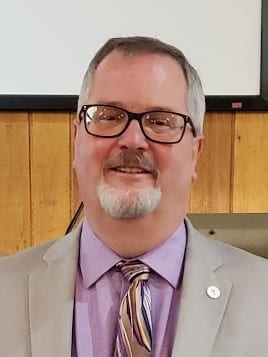
Robert D. Cornwall
Oral Roberts’ name might not be as recognizable as it once was (though the ORU baseball team did well in the 2023 College World Series), but his legacy continues in people like Joel Osteen. Looking back in time, having watched various prosperity gospelers such as Kenneth Copeland, with scandals aplenty (Jim Bakker and Jimmy Swaggart), Roberts seemed to rise above the worst of the prosperity preachers. Questions were raised about his fundraising efforts, but unlike Bakker and Swaggart, there were no sex scandals. Now, with Jonathan Root’s contribution to Eerdmans’ Library of Religious Biography, we have access to the fuller story of one of the most influential preachers/evangelists of the second half of the twentieth century.
The author of this religious biography, Jonathan Root, is a postdoctoral teaching fellow in history at the University of Missouri, where he focuses on the relationship between the Prosperity Gospel and American culture. While Oral Roberts, in Root’s estimation, might not have been the father of the prosperity gospel (as some interpreters have suggested), Roberts did spread its message through the concept of seed faith, a concept that he used in the course of his ministry to fundraise for his various projects, including the founding of Oral Roberts University and the establishment of his medical school and hospital in Tulsa.
As we move through Robert’s life, Root offers a complicated picture of his life. There are positives to Roberts’ life and ministry along with major problems. Root helps us see both the good and the bad about Roberts, rooting his story in his origin story as the son of a poor farmer/preacher affiliated with the Pentecostal Holiness denomination. We learn that Roberts was somewhat precocious—he was very smart, but he also faced numerous challenges growing up that included his family’s poverty, health concerns (a bout of tuberculosis), stuttering, and the family’s involvement in Pentecostalism. It was the experience of tuberculosis that served as a driving force in his later commitment to engaging in healing ministry, something that the Pentecostal Holiness denomination did not emphasize. In addition, the poverty of his early years contributed to a sense of insecurity that never disappeared but led to a perceived need to build ministries and eventually buildings —including the University, medical center, and more—that would prove to the world if not to himself that he was no longer poor.
Root takes back to Roberts’ roots in early twentieth-century Oklahoma, where he was born into poverty. His father was a poor farmer who gave that up to serve as a Pentecostal preacher. At the time many Pentecostals, especially those involved with the holiness traditions, believed that to be a good Christian was to live in poverty. This was a view that initially pushed him away from the faith and which he later sought to overcome in his own preaching. So, as he grew up the desire to escape poverty grew within him, pushing him to make something of himself. We also learn of Roberts’s Cherokee ancestry on his mother’s side, which opened his eyes at different points to the question of integration and civil rights. As he matured and came to faith, he married Evelyn and began his life of ministry. He began to make a name for himself as a Pentecostal Holiness preacher/evangelist. He also got caught up in generational conflicts, especially regarding support by his denomination for younger evangelists like himself. He also bucked the trends of his denomination by emphasizing the importance of education, though he was himself a high school dropout.
In 1941 he took his first pastorate in North Carolina, though he returned to Oklahoma a year later to take up a new ministry. This second ministry was largely successful, which saw the congregation grow under his leadership. He also pursued further education, first at Oklahoma Baptist University and then at Phillips University (a Disciples of Christ institution). In addition, it was during this period that his second child, Ronald, was born. While he experienced much success during this period, he became restless. During this period of restlessness, he helped launch Southwestern College in Oklahoma City to train ministers for the Pentecostal Holiness churches. Then in 1946, he began to feel the call to healing ministry.
His healing ministry began in earnest in 1947 as he began to hold healing services at his church in Enid, Oklahoma. As news spread of the healings at his services, he began to receive invitations to bring this ministry to other communities. It was during this period that the family moved to Tulsa, where in time he became one of the city’s leading citizens. By 1951, he had preached to 1.5 million people in eleven healing campaigns. He had also sold thousands of copies of his books and had a newsletter, Healing Waters that had over a million subscribers. As Oral moved from local ministry to engaging in healing revivals, he purchased a series of ever larger tents in which to hold his meetings, which often attracted audiences of up to 10,000 people at a time. The key to these early revivals was the healing line, which personalized the encounter. In the course of the book, we follow the story from the tent revival to the launching of his radio ministry and finally to his television ministry in the 1950s. Since all of this required large amounts of money, he began to look for ways to fundraise. Thus, fundraising became a staple of his ministry as he was always needing more money to pay for his work.
Throughout Root’s biography, we learn about Roberts’ relationships with his family members. Because he was often on the road, Evelyn was the one who kept together the family that included four children together. Not surprisingly problems emerged that the family had to face. This included numerous problems, including drug addiction and the later suicide of his brilliant son, whose academic proclivities Oral hoped to tap into with his university. Throughout Evelyn stood by her husband, who despite his numerous travels remained faithful to her.
It was in the early 1960s that he began to envision the founding of a university that would serve young people like his son Ronnie, who were “bright, curious, worldly, and Pentecostal.” In other words, he envisioned something different from the typical Pentecostal Bible colleges. With this in mind, he purchased property in Tulsa in 1961, with the building of a university in mind. As the university was formally established in 1962, it becomes a central focus of the remainder of the book. We discover that Roberts dreamed of creating a leading, modern, Christian university that would gain the attention of the broader world. Unfortunately, these efforts continually faced the challenge of remaining financially solvent. That ongoing challenge fed into significant fundraising efforts that included his concept of seed faith through the promise that as one gave to his ministry, one would receive blessings (including financial ones) from God.
Roberts chose to name the university after himself because he believed that his supporters wouldn’t give to the university without his name attached. As the vision took shape, we find out that Roberts, who was very athletic himself, wanted to establish a powerful basketball program at the university. So, by the early 1970s, ORU had developed a powerful basketball team that competed for a national title. But in addition to his athletic teams, his commitment to health and healing, which emerged out of his own illness and healing, led him to establish a medical school and a hospital (City of Faith). Although this effort put him at odds with the local medical community in Tulsa, he did find supporters in the city. His opponents in the medical community feared that his hospital would lead to the presence of too many hospital beds in the city, a problem that did emerge. While Roberts argued that the City of Faith would serve as a national draw (like the Mayo Clinic) that never came to fruition. Most of those served were local.
Another element in the story is Robert’s desire to be respected, especially by the elite in Tulsa. To achieve this, he joined exclusive golf clubs and moved his church membership from the Pentecostal Holiness church to the Methodist Church. While the move to the Methodist Church was designed to gain respectability in the community it did cause problems with some of his allies and supporters who believed that his alignment with what was perceived to be a liberal denomination would damage his ministry.
As for the fundraising efforts, the financial drain of his expanding ministry led to more desperate efforts. This was especially true in the 1980s as he sought to raise money for his hospital. Among his more controversial efforts was his claim that a 900-foot-tall Jesus appeared to him with a message that called on his supporters to give generously promising that they would be blessed if they did this. Later he told of another vision from God that involved the need for his supporters to send in eight million dollars to support the ministry in a very short time or God would call him home. These visions led to much ridicule and caused significant damage to his image. All of this took place in the 1980s, as the scandals involving Jim Bakker and Jimmy Swaggart broke into the open. As the 1980s drew to a close his grand vision began to fall apart. Although the university continued to exist, the medical school and hospital closed, while the law school moved to Pat Robertson’s CBN University (Regent University).
By 1990 the damage to the ministry was extensive and the ministry would continue to struggle. Eventually, Oral passed leadership of the university and evangelistic association to his son Richard. He would struggle to carry on the legacy and had to turn over the leadership of the two entities to others who separated the university from the ministry. Oral would live to age ninety-one, dying in 2009, four years after his beloved wife Evelyn.
As we read this biography of Oral Roberts, we come to know more about his exploits, along with the challenges that came his way (including growing up in poverty, the suicide of his son Ronnie, and Richard’s divorce from Patty). We also learn more about his influence on evangelicalism. Interestingly, especially in light of the current connection between white evangelicals and the Republican Party, Roberts largely stayed out of politics (unlike some of his contemporaries). While he didn’t have a clean record, he also sought to integrate his revivals and later his university, before others chose to do so. This may be due in large part to his own Native American heritage. Root writes in his biography Oral Roberts and the Rise of the Prosperity Gospel that Oral’s life and ministry were controlled by two competing feelings. First of all, there was a sense of divine calling, which went back to his mother’s continual reminder that she had dedicated Oral to God’s service. On the other side of the coin, there was that deep-seated insecurity that was rooted in the poverty of his early years.
As he grew up and entered the ministry, he committed himself to never being poor again. Therefore, he devoted himself to creating edifices that demonstrated to the larger world that he had achieved prosperity in life. Both of these feelings found their culmination in the City of Faith, an effort that involved putting everything he had achieved to that point at risk. To bring this effort (and achieve prosperity) he engaged in fund-raising efforts that pushed the envelope. Therefore, as Jonathan Root notes, “Roberts’s theologies of prosperity and seed-faith fostered a sense of invincibility and aversion to facts” (p. 2030). In the end, Root writes that in his efforts to build a bridge between the Christian faith and the surrounding culture, “Oral Roberts represented twentieth-century Christianity’s greatest hopes and its worst failures” (p. 204).
Robert’s life and ministry offer a cautionary tale for the Christian community. While he didn’t pursue the political dimensions so prominent in today’s evangelicalism (including Pentecostalism), he contributed to the crass materialism that has taken hold in significant parts of the Christian community. Root also speaks to the complicated nature of lives such as Roberts’s. As a result of his efforts to bring Oral Roberts’ life into the light, he has made an important contribution to understanding the role of Pentecostalism in modern American (and global) Christianity. In addition to this very fine book by Jonathan Root, I also recommend Amy Collier Artmann, The Miracle Lady: Kathryn Kuhlman and the Transformation of Charismatic Christianity, which is also in this Eerdmans series, as Kuhlman was a contemporary but evidently not in Roberts’ orbit, as we do not encounter her story in Root’s book. Taken together, Oral Roberts and the Rise of the Prosperity Gospel and The Miracle Lady provide insight into the healing revivals and empire-building that took place during the second half of the twentieth century. By doing so, we gain a better understanding of a significant element in American Christianity, a portion of the Christian community that has a significant presence in the larger culture.
This review originally appeared on BobCornwall.com.
Robert D. Cornwall is an ordained minister in the Christian Church (Disciples of Christ). Now retired from his ministry at Central Woodward Christian Church (Disciples of Christ) of Troy, Michigan, he serves as Minister-at-Large in Troy. He holds a Ph.D. in Historical Theology from Fuller Theological Seminary and is the author of numerous books including his latest “Second Thoughts about the Second Coming: Understanding the End Times, Our Future, and Christian Hope” coauthored with Ronald J. Allen. His blog Ponderings on a Faith Journey can be found at www.bobcornwall.com.


